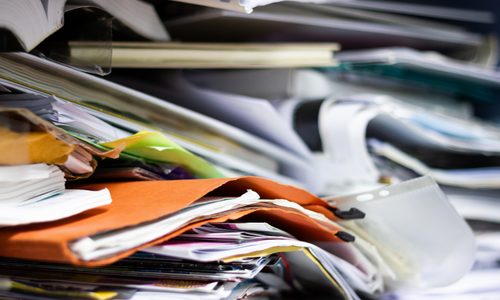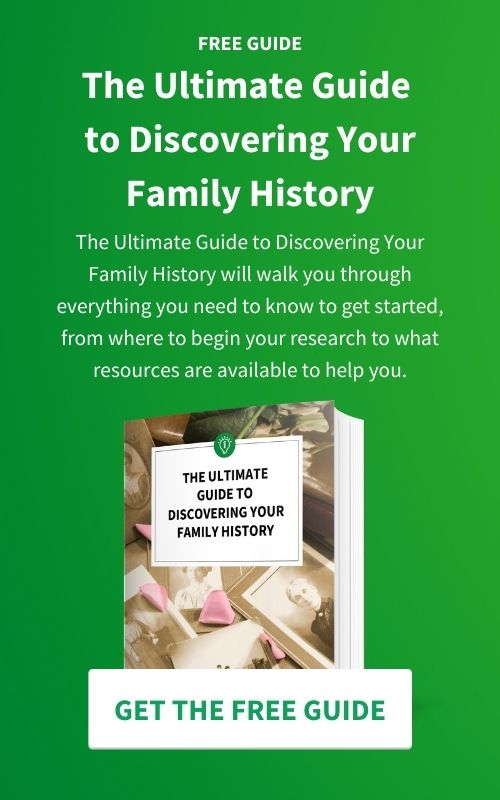9 Essential Tips for Organizing and Preserving Family Documents and Photos
Unveiling the stories woven into your family's history is like piecing together a puzzle that spans generations. Among the most precious puzzle pieces are family documents and photos, which offer a window into the lives, relationships, and experiences of those who came before us. To truly grasp the significance of your heritage, it's essential to organize and preserve these treasures effectively. Here are nine indispensable tips to guide you on this captivating journey of ancestry research.
1. Identifying and Assessing Family Documents and Photos
The first step in preserving your family's legacy is to identify the types of documents and photos that hold historical and emotional value. From birth certificates and letters to faded photographs capturing everyday moments, each piece contributes to the bigger picture. Assess the condition and importance of each item, considering factors such as rarity, relevance to your family's history, and the stories they tell.
2. Creating a System to Organize Documents and Photos
A well-organized collection is a treasure trove for genealogical research. Develop a system for categorizing and sorting your materials. Whether you choose to arrange them chronologically, alphabetically, or by family branches, consistency is key. Consider using physical or digital filing systems tailored to genealogical research. Digital databases allow for easy searches and updates, while physical albums provide a tactile connection to the past.
3. Proper Storage Techniques for Physical Documents and Photos
Preserving physical items requires careful consideration. Opt for archival-quality storage materials that protect against degradation, moisture, and light exposure. Keep documents and photos flat to avoid creasing, and store them in acid-free folders and boxes. Place boxes in a climate-controlled environment to prevent deterioration. Avoid common storage mistakes, such as using rubber bands or plastic sleeves that trap moisture.
4. Digitizing Documents and Photos for Preservation and Accessibility
Digitization opens up new avenues for preservation and accessibility. Scanning documents and photos not only safeguards them from wear and tear but also enables easy sharing with family members and researchers. Choose a high-resolution scanner and save files in widely compatible formats. Organize your digital files in a way that mirrors your physical organization, making it simpler to navigate and retrieve information.
5. Keeping an Inventory and Backup Copies
Maintaining a detailed inventory of your collection helps you keep track of your materials and their locations. Furthermore, don't underestimate the importance of backup copies. Store duplicate digital files on external hard drives, cloud storage platforms, and even physical copies in different locations. This safeguards against potential loss due to technological failures or unforeseen disasters.
6. Regularly Updating Your Collection
The journey of ancestry research is ever-evolving. Regularly review and update your organized materials to ensure accuracy and relevance. As you discover new information, integrate it into your collection to create a comprehensive narrative. Keep an eye out for missing pieces, and actively seek new documents and photos to enrich your understanding of your family's history.
7. Sharing and Collaborating with Family Members
The joy of discovering your family's heritage is amplified when shared with loved ones. Involve family members in the preservation process and encourage their participation in ancestry research. Leverage digital platforms to collaborate on family trees and share stories. Connecting with relatives can yield new insights, unearth forgotten tales, and foster a sense of unity across generations.
8. Caring for Original Documents and Heirlooms
While digitization is a powerful tool, it's equally important to care for original documents and heirlooms. Handle fragile items with clean hands and store them away from direct sunlight and fluctuating temperatures. For delicate repairs and cleaning, consult experts trained in archival conservation to avoid accidental damage.
9. Summarizing the Importance
In essence, organizing and preserving family documents and photos is an act of preserving the essence of your family's story. By creating a structured system, digitizing materials, and involving your family, you honour the past and pave the way for future generations to connect with their roots. Every document and photo is a thread woven into the fabric of your family's history, and by following these essential tips, you contribute to preserving a legacy that will endure for years to come.
Embark on this transformative journey of ancestry research armed with these invaluable tips. The process may require time and effort, but the rewards are immeasurable—a deeper understanding of your family's history, a closer bond with relatives, and the satisfaction of preserving a legacy that will continue to inspire generations.

Article by Carol Walsh
Carol Walsh is the CEO of Creative Roots, a professional genealogy company. She has a passion for preserving family history and storytelling. Carol's research methodology centers around fact-finding and publishing in a format that readers can use to preserve the stories. Her ultimate goal is to help families connect with their past and each other.





